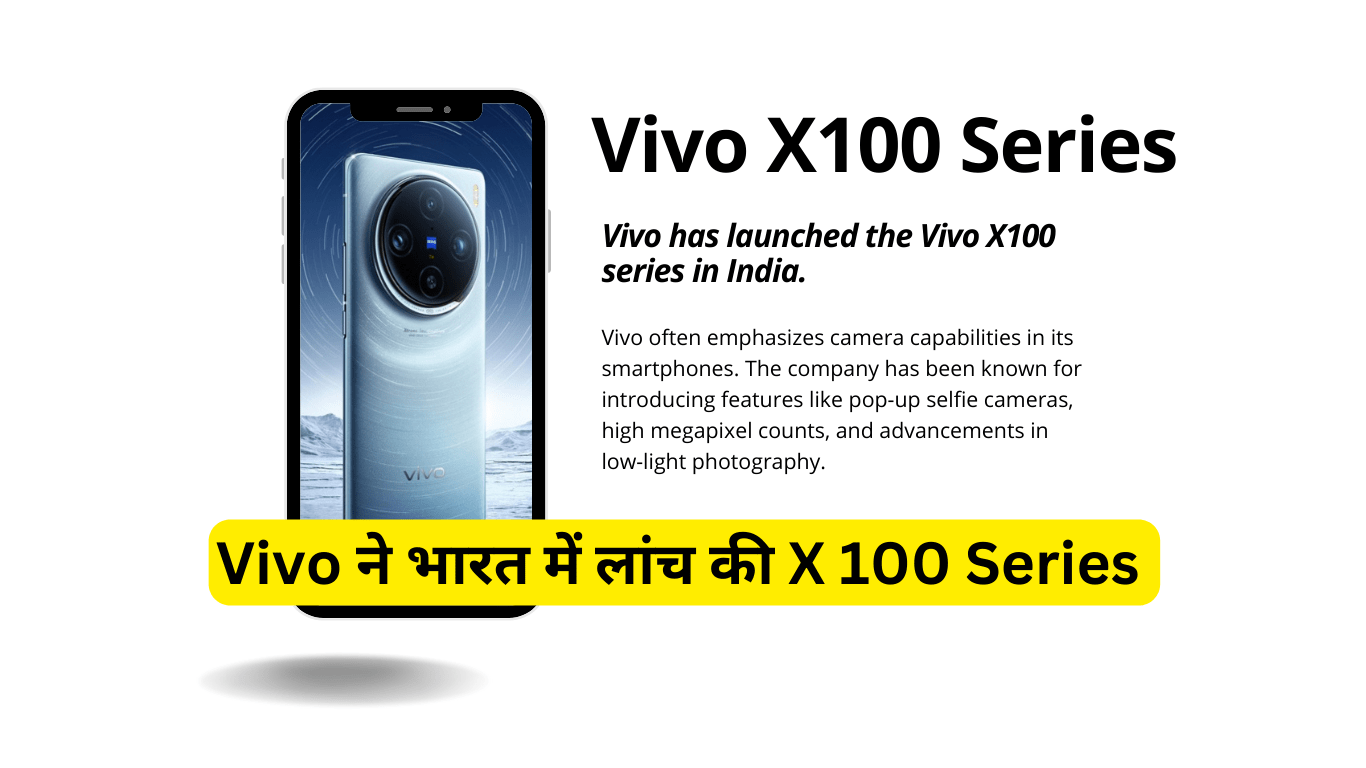
In this post, we will delve into what Augmented Reality (AR) and Virtual Reality (VR) are, and comprehend the distinctions between the two. We will examine how these technologies have become integral components of the technology sector in today’s era, be it in the realms of social media technology or entertainment. Across various fields, individuals have seamlessly incorporated Augmented Reality and Virtual Reality technology, facilitating enhanced communication with technology. Let’s swiftly grasp the concepts of AR technology and VR technology in this post while also gaining insights into their differences.
What is Virtual Reality?
Virtual Reality, abbreviated as VR, is a computer technology form that constructs an imaginary situation for entertainment or imaginative purposes. As implied by its name, it is not real but rather generated through software based on computer technology (VR). In the realm of Virtual Reality, computer software is utilized to simulate an environment without any direct connection to the current physical reality. In simpler terms, Virtual Reality can create situations that you can conceive. Whether your inclination is to explore Mars or engage in deep-sea fishing in the ocean’s depths, Virtual Reality enables you to have such experiences.
An example of Virtual Reality can be taken from 3D movies, where you are completely immersed in a virtual environment. To experience this, a separate device called a VR headset has been created, known as an HMD (Head Mounted Display).
Some HMD devices, such as the Oculus Quest, HTC VIVE, or Lenovo’s Mirage Solo With Daydream, are all VR devices that you need to wear on your eyes like glasses. After putting them on, you can enter the virtual world of whatever experience you want to have.
What is Augmented Reality?
Augmented Reality can be seen as a step beyond Virtual Reality, where real videos and photos are used alongside virtual data. In Augmented Reality, a combination of computer vision-based recognition algorithms and sensor inputs such as sound, video, and graphics from a device’s camera are processed. This technology merges these real-world inputs with virtual elements, making virtual objects appear as part of the actual environment.
An example of Augmented Reality can be observed when watching a cricket match on TV. In between the game, the screen displays the match score, seamlessly integrated into the view between the cricket pitch. The virtual score changes in real-time along with the match progress, and the players are also shown actively participating. What you see as the score on the screen is virtual, while the live action of the players is real. This serves as an illustration of Augmented Reality.
Another example of Augmented Reality is the game Pokemon Go. As you walk down the street, virtual Pokemon characters appear on the same path, and your goal is to catch them. While the street and other surroundings are real, the Pokemon characters you see are virtual, adding a layer of augmented content to the real-world environment.




